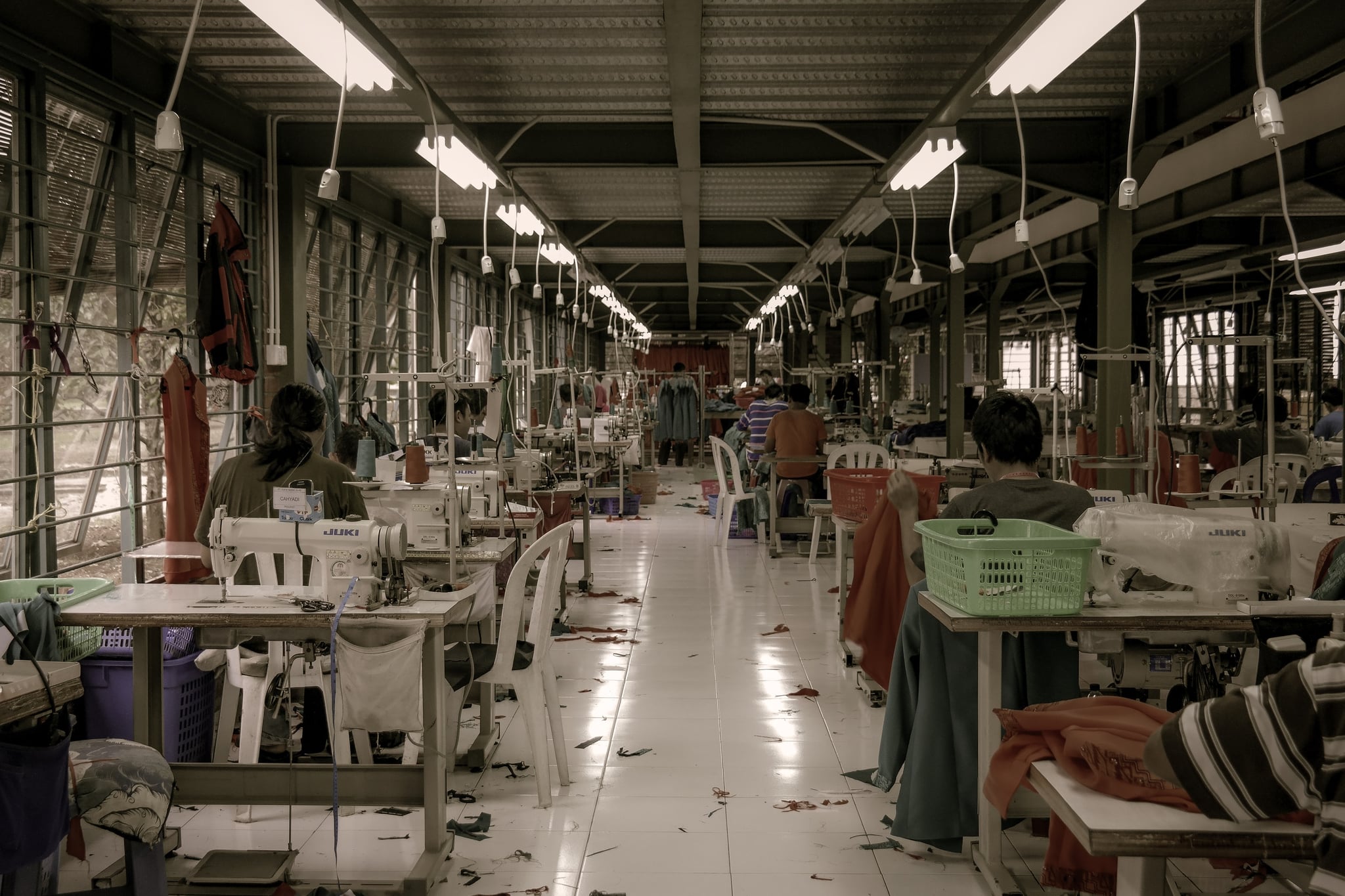The Future of Fast Fashion in 2021 — Will It Survive?
Since sheltering-in-place, I’ve been redefining my relationship with consumption. I’ve spent time cleaning out my closet, researching sustainable brands, and transforming old clothes into new. In efforts to reduce my carbon imprint, I’ve been training myself to fight the urge to buy fast fashion. And I’m not alone. There’s been a 130 percent increase in Google searches on sustainable fashion this past year, all leading me to think: could the pandemic finally end fast fashion?
To gauge the industry’s thoughts, I checked in with experts: Gordon Renouf, CEO of Good On You; Mariana Leung, technical and fashion design consultant; and Ali Levine, celebrity stylist and lifestyle expert. Read on to find out what changes the pandemic has made to the fast fashion sector and its survival status.
What is Fast Fashion?
Quite simply, fast fashion is fashion that is produced fast. Designers that work in this sector take trends from the runway and produce cheaper designs that are then shipped across the globe as quickly as possible before the trends lose popularity. “It plays into the idea that outfit repeating is a fashion faux pas,” Renouf tells POPSUGAR, “and if you want to stay relevant, you have to sport the latest looks as they happen.”
Because it is made at rapid speeds, a lot of corners are cut. The fashion industry as a whole produces nearly four billion metric tons of greenhouse gas emissions. With large quantities produced, keep in mind that not all of it sells. In fact, one full garbage truck of clothes is burned or sent to a landfill every second. With that, garment workers experience poor wages, long hours, and subpar safety conditions.
Over half of fast fashion items are thrown away in under a year. When a shirt or pair of pants cost less than $20, it’s easily seen as disposable. As consumers, we feel more comfortable disposing of cheaper items than expensive ones — further hindering our planet.
The Conscious Consumer
Places like H&M, Zara, Topshop, and Fashion Nova produce hundreds of new styles a week that are easily accessible and affordable, conditioning consumers to expect a constant stream of new items.
Fast fashion is based on seasonal trends and occasion-driven purchases. With more and more people staying at home this year, having fewer events and nights out, there’s been an opportunity to slow consumption and break the fast fashion cycle.
We’ve seen movements circulate online with #“Who Made My Clothes” and #iquitfastfashionbecause. Who Made My Clothes started after the collapse of Bangladesh’s largest factory, Rana Plaza, in 2013. Killing more than 1,000 garment workers, the industry was exposed to extreme labor conditions and unfair demands placed upon employees at factories not only in Bangladesh, but beyond. Consumers and industry insiders took the time to implement new safety requirements and standards to avoid unethical treatments of workers.
#Iquitfastfashionbecause started trending on Twitter on Black Friday this year to encourage consumers to share facts about the deep exploitation of human labor and high pollution that the fast fashion industry causes. Both movements have led to more awareness surrounding the negative effects of fast fashion — but is that enough to end it for good?
Intentional Shopping Post COVID-19
It will be interesting to see whether consumers will come out of the pandemic holding onto their values and morals to shop sustainable or if their desire for normalcy and socializing outside will spur new levels of consumption, with fast fashion being at the top of the list.
I fear there will be an intention-action gap. We might have all the intention to shop ethically, but when we factor in price and our bank accounts, our actions might not match up. Or, after acting morally for a while, there might be a period of impulsiveness. “I think the brands that have earned their respect during this time will be the brands [people] go to to splurge,” Leung tells POPSUGAR when discussing impulse buys post-pandemic.
I also fear consumers will have analysis paralysis. They will want to make better fashion choices, but with the plethora of information and confusion about which brands’ sweeping statements to believe, consumers won’t know what to do and become overwhelmed. “When a brand doesn’t deliver what [people] may want in a fashionable choice or the price point is nowhere near realistic or affordable, they will then choose their pockets over their impact in most cases,” Levine shares.
This year, we have experienced a pandemic, racism, and unemployment, among other things. I believe that people are looking forward to having a reason to go outside again, and their outfits will speak to that. Once consumers have recovered from the financial strain of the pandemic, I think they will be even more delighted to shop and potentially over-consume.
Ultimately, as consumers, we have a large responsibility in ending fast fashion. According to Renouf, “our mindset needs to shift away from the culture of instant gratification and materialism that often goes hand-in-hand with exploitation.” We need to put the integrity and respect of garment workers and the environment first, instead of consuming just to consume. “Buy with your conscience — something that’s meaningful to you,” Leung encourages. “Don’t go cheap, because that’s not supporting anything that’s good.”
Fast Fashion Must Adapt
“Physiologically — for the customer — you don’t want cheap, poor quality items anymore,” Leung tells POPSUGAR. “With everything going on in the world, Black Lives Matter and sustainability, the brands [consumers] choose to spend money with will have to align well with their values.”
The climate crisis and desire for garment workers to be treated fairly are not going away, and brands will need to adapt. “We need designers to actually map out what materials can be used and what type of energy and tools can help the climate,” Levine shares while chatting solutions.
As consumers, we must treat 2020 as a wake-up call and a reset to redefine what matters to us and what matters to our environment. Similar to how we woke up to the racism that takes place in our world during the election by voting with our dollars to support POC-owned and small businesses, as well as voting for the election outcome, it’s time to stand up to climate change and continue the strides being made to minimize fast fashion.
Ultimately, I don’t think fast fashion will end. There will always be a customer wanting clothing both fast and affordable. However, I do think the pandemic and increased awareness around the climate crisis will convert more fast fashion consumers into sustainable consumers who buy less and buy smarter.




